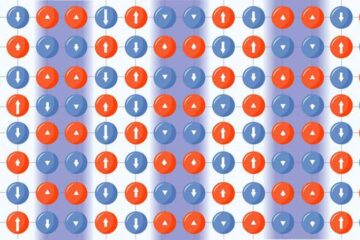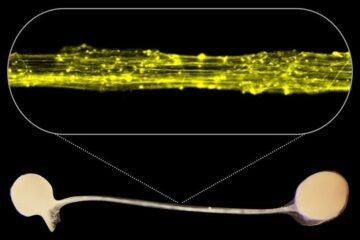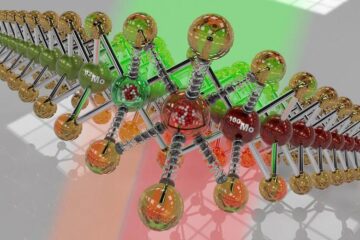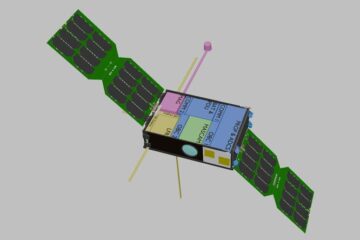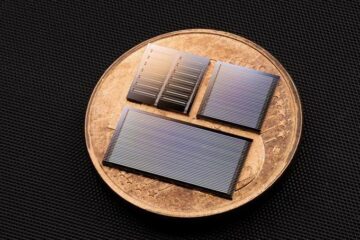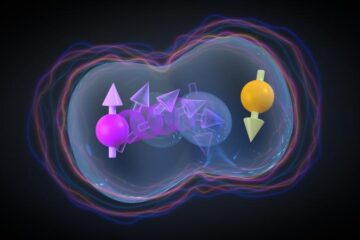Latest News

GSU professor develops new method to help keep fruit, vegetables and flowers fresh
A Georgia State University professor has developed an innovative new way to keep produce and flowers fresh for longer periods of time. Microbiologist George…

New material could boost data storage, save energy
Led by Dr. Jagdish “Jay” Narayan, John C.C. Fan Family Distinguished Professor of Materials Science and Engineering and director of the National Science…

0.2 second test for explosive liquids
Research published yesterday, Tuesday, 20 October, in IOP Publishing's Superconductor Science and Technology explains how a new form of spectroscopy, a…

New technique paves way for medical discoveries
The technique entails preparing samples in a new way and is a development of applied mass spectrometry. Presented in the latest issue of renowned journal…

Brain-damaged children often have cold feet
“These children have a disorder that can make it difficult to express how they feel, but it must be unpleasant to have cold hands and feet,” says…

Eutrophication affects diversity of algae
Phytoplankton provide the basis for the whole marine food chain. These microscopic organisms are common in coastal areas, all the way from the polar regions to…


